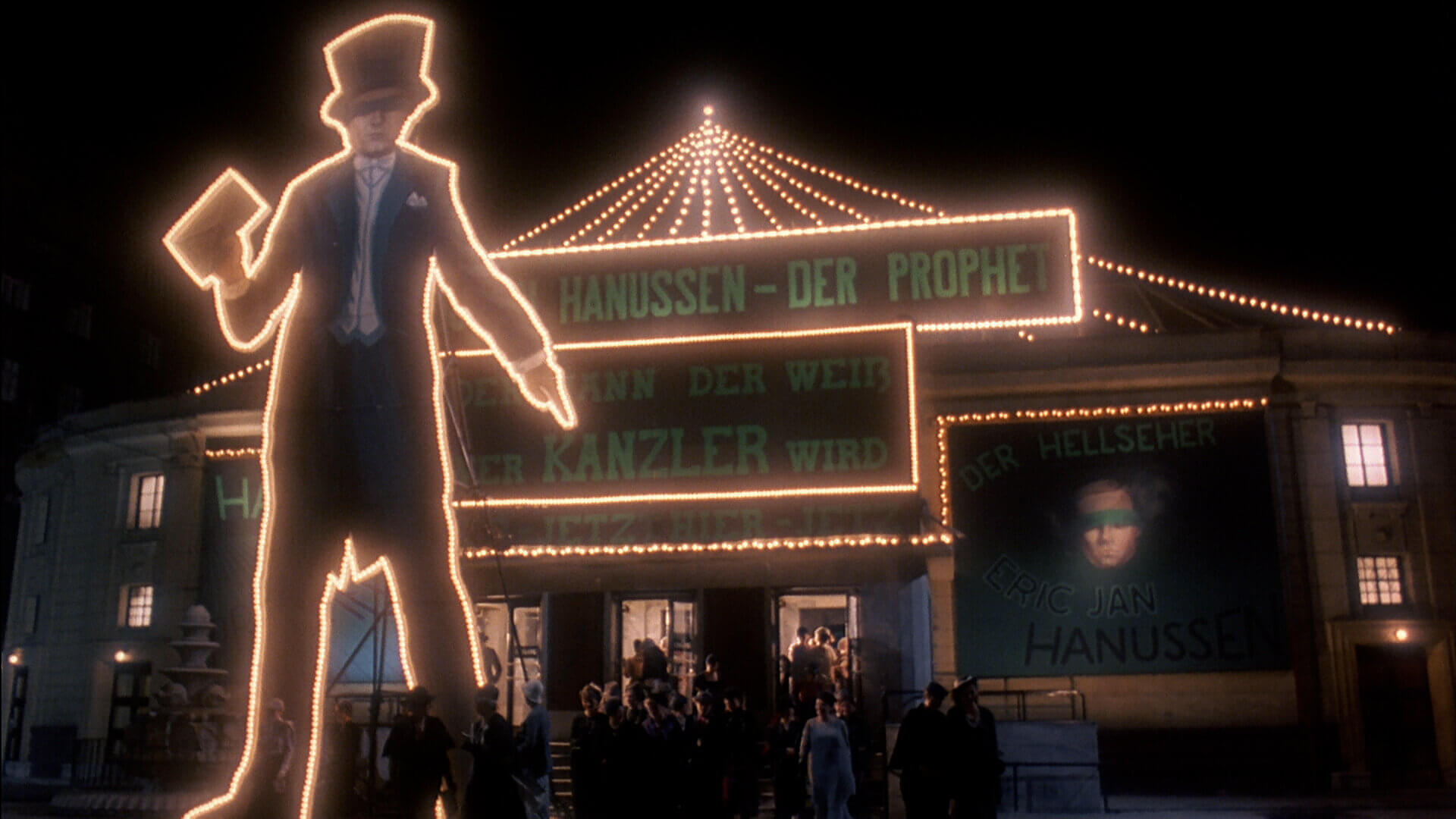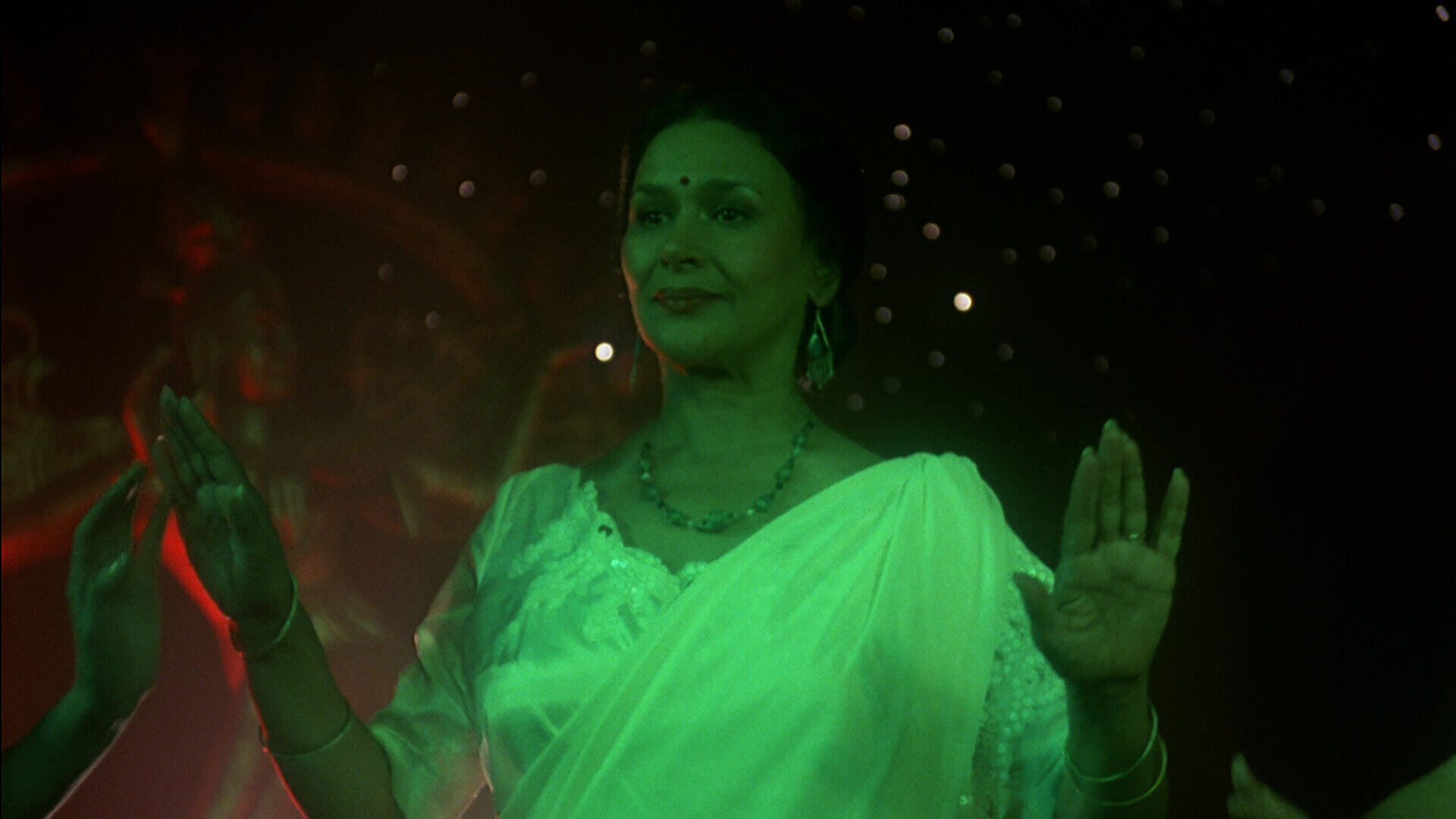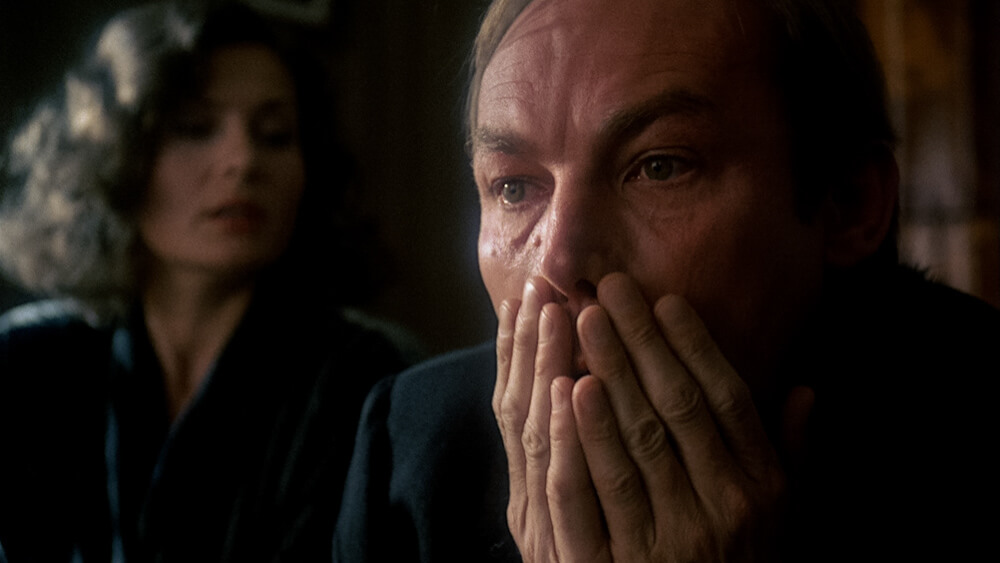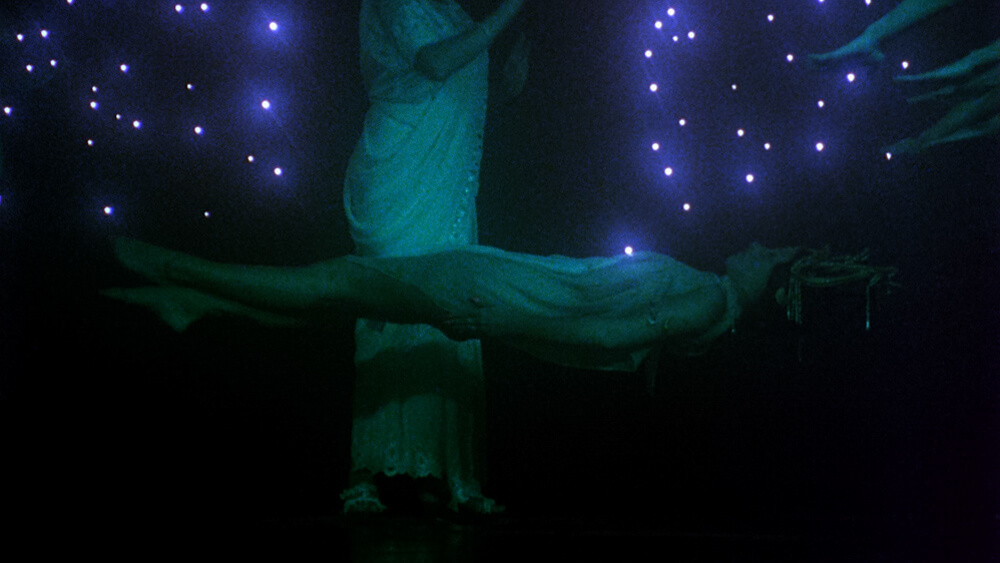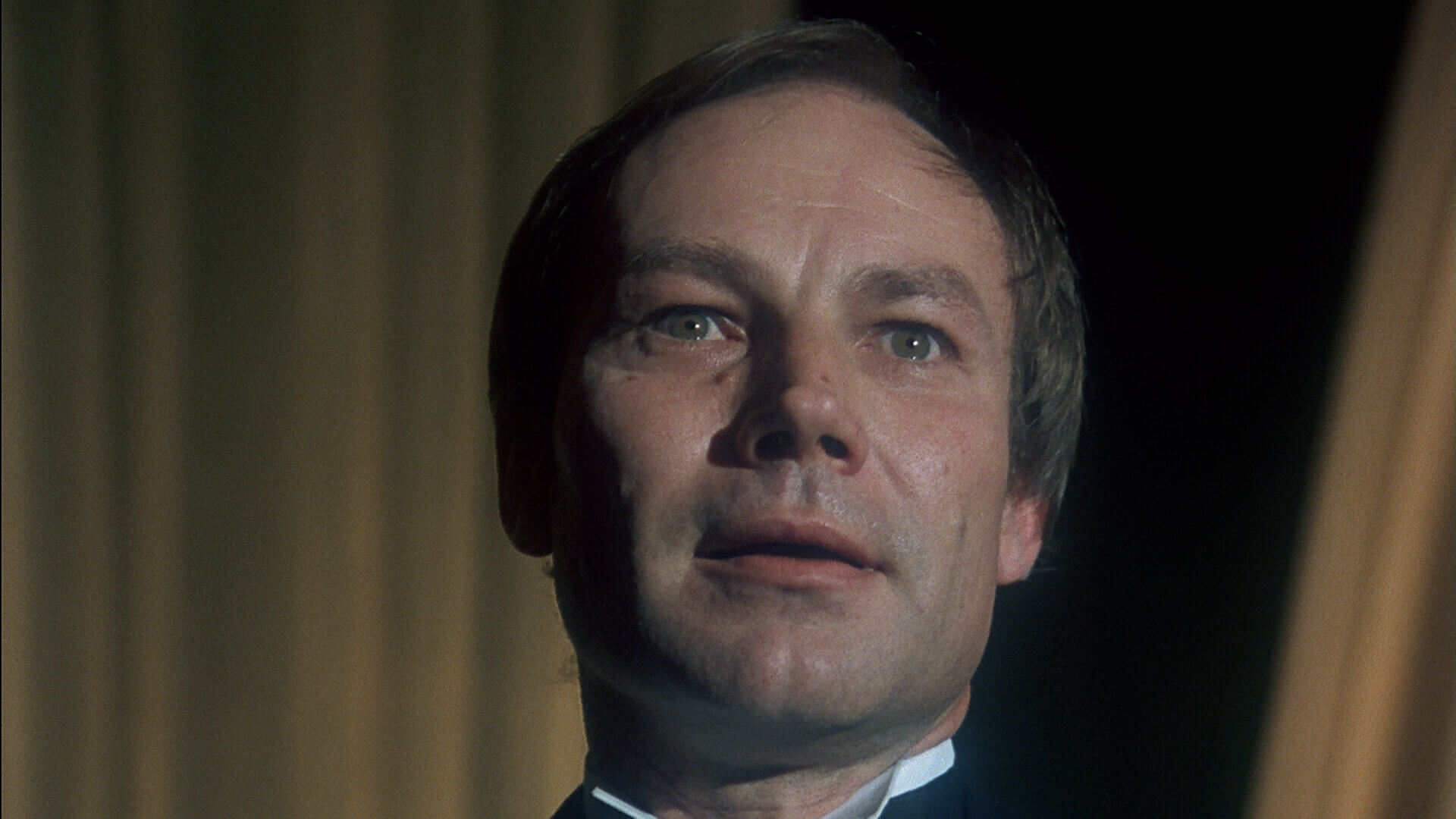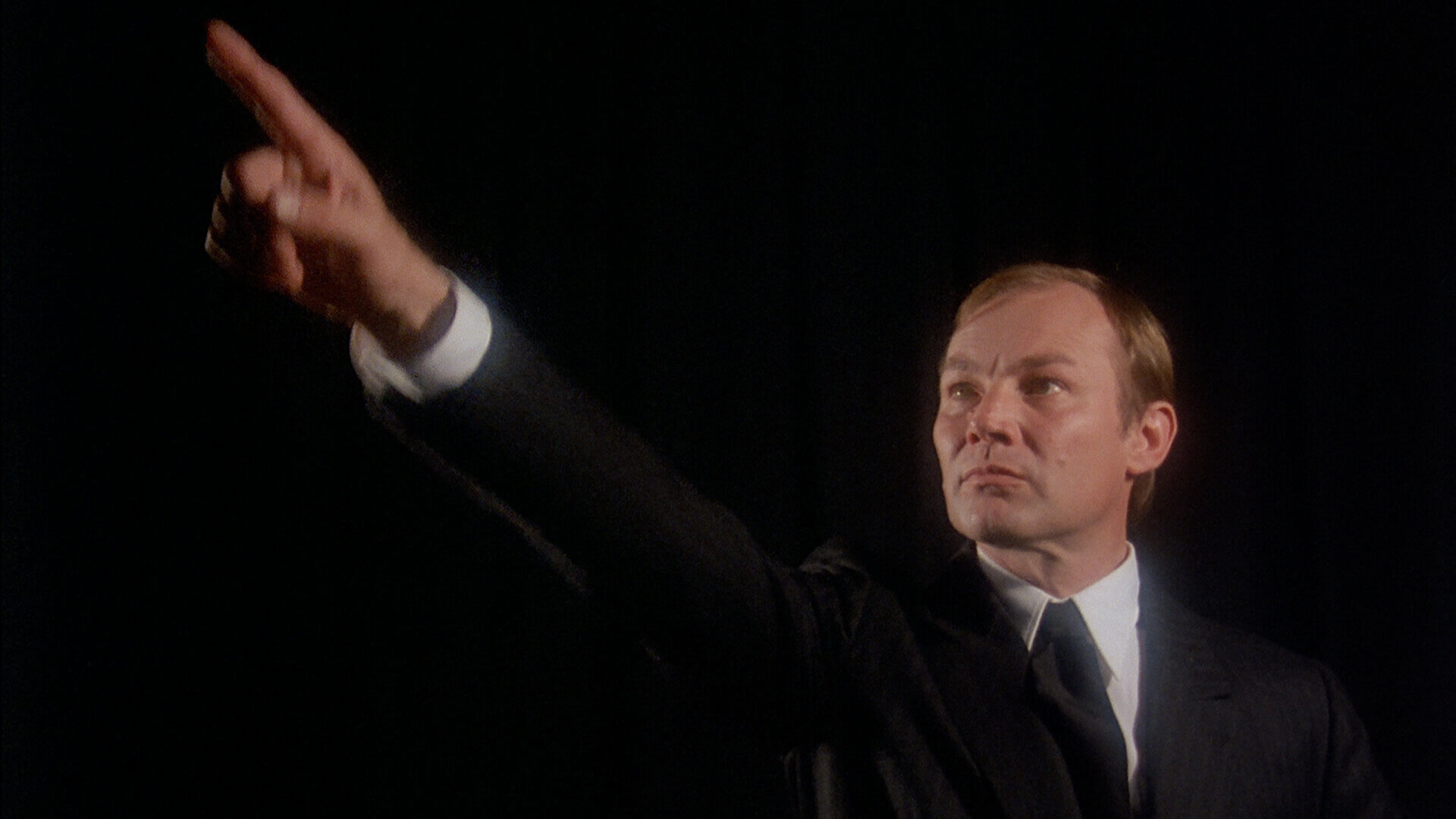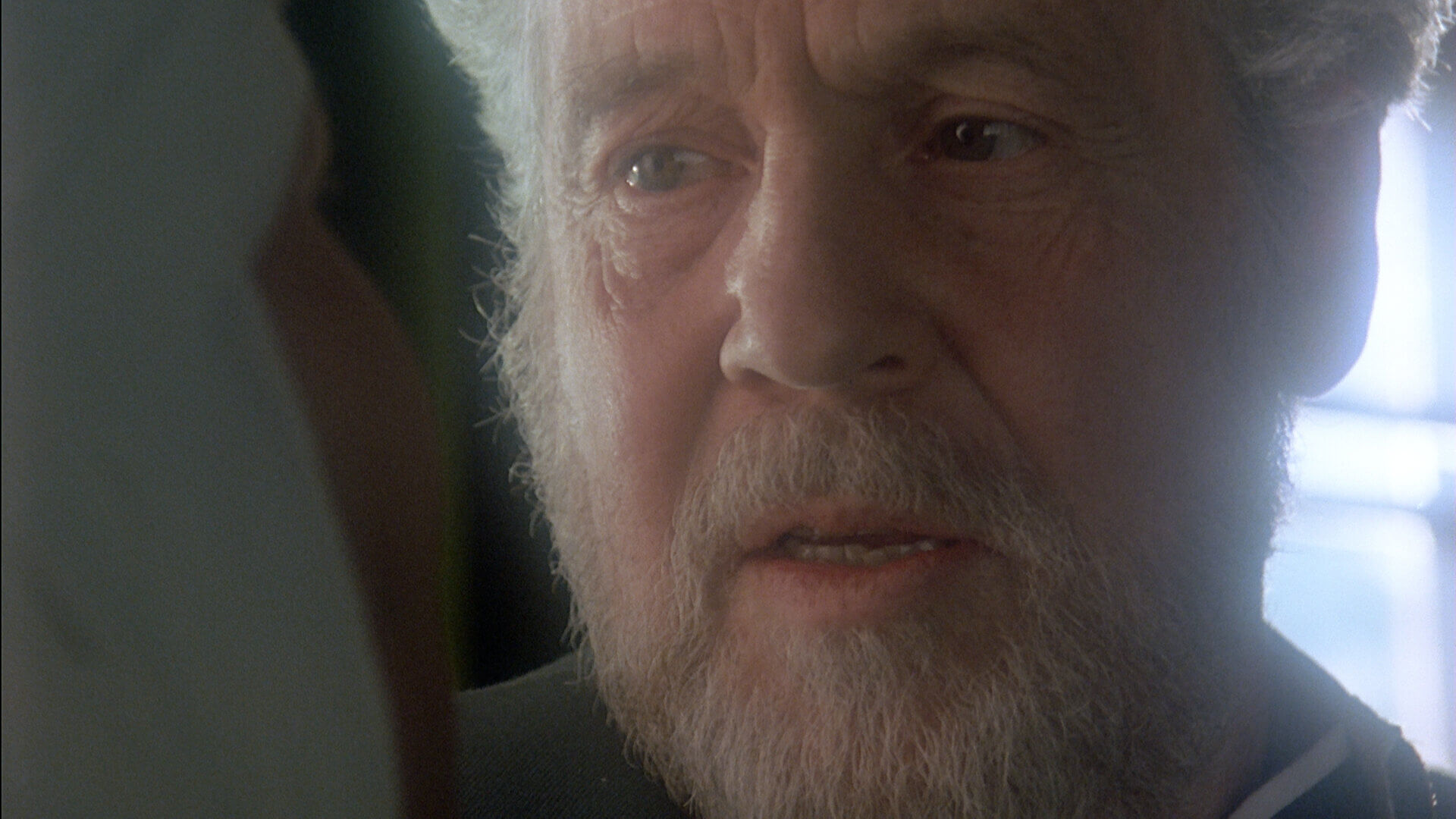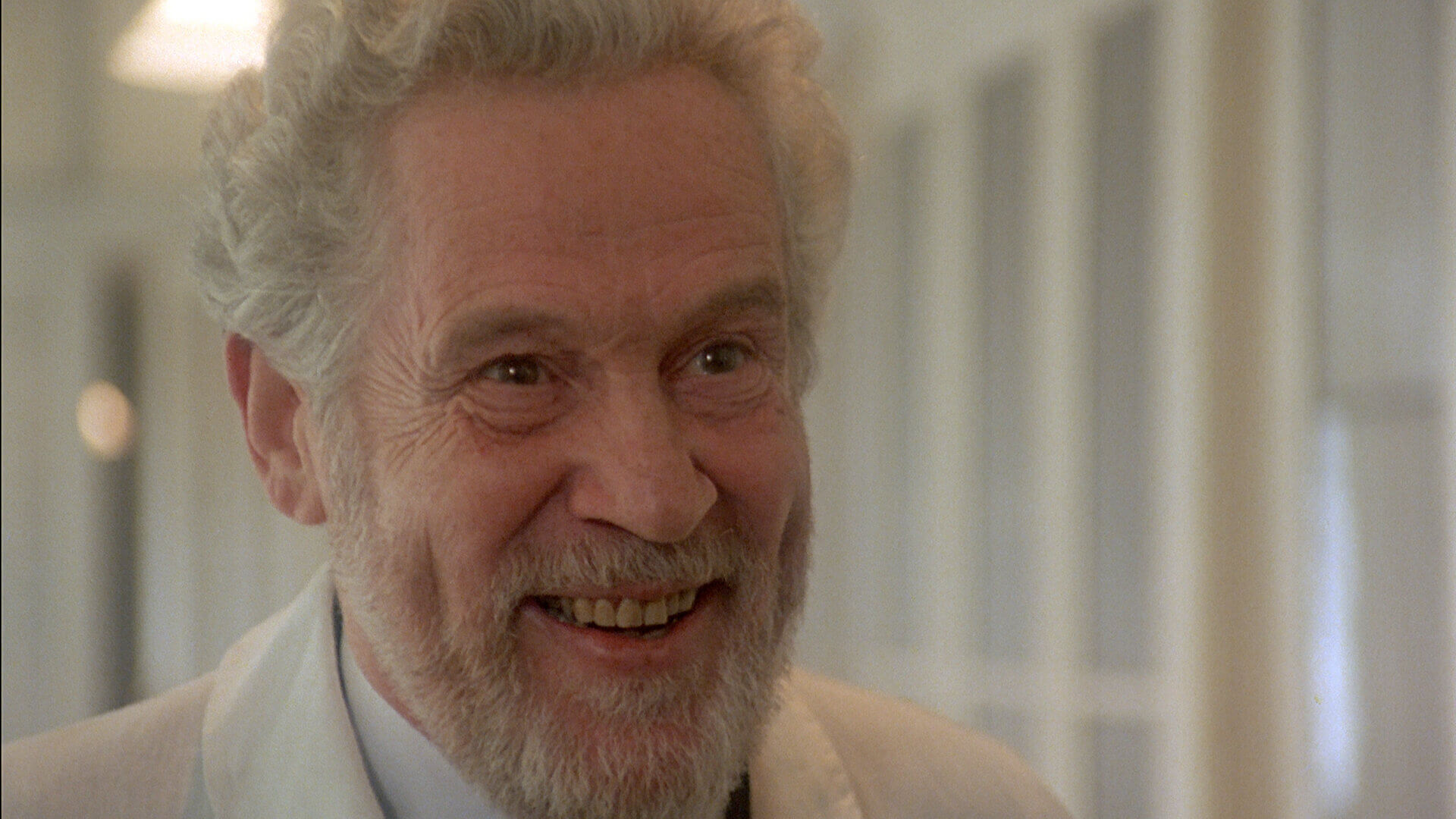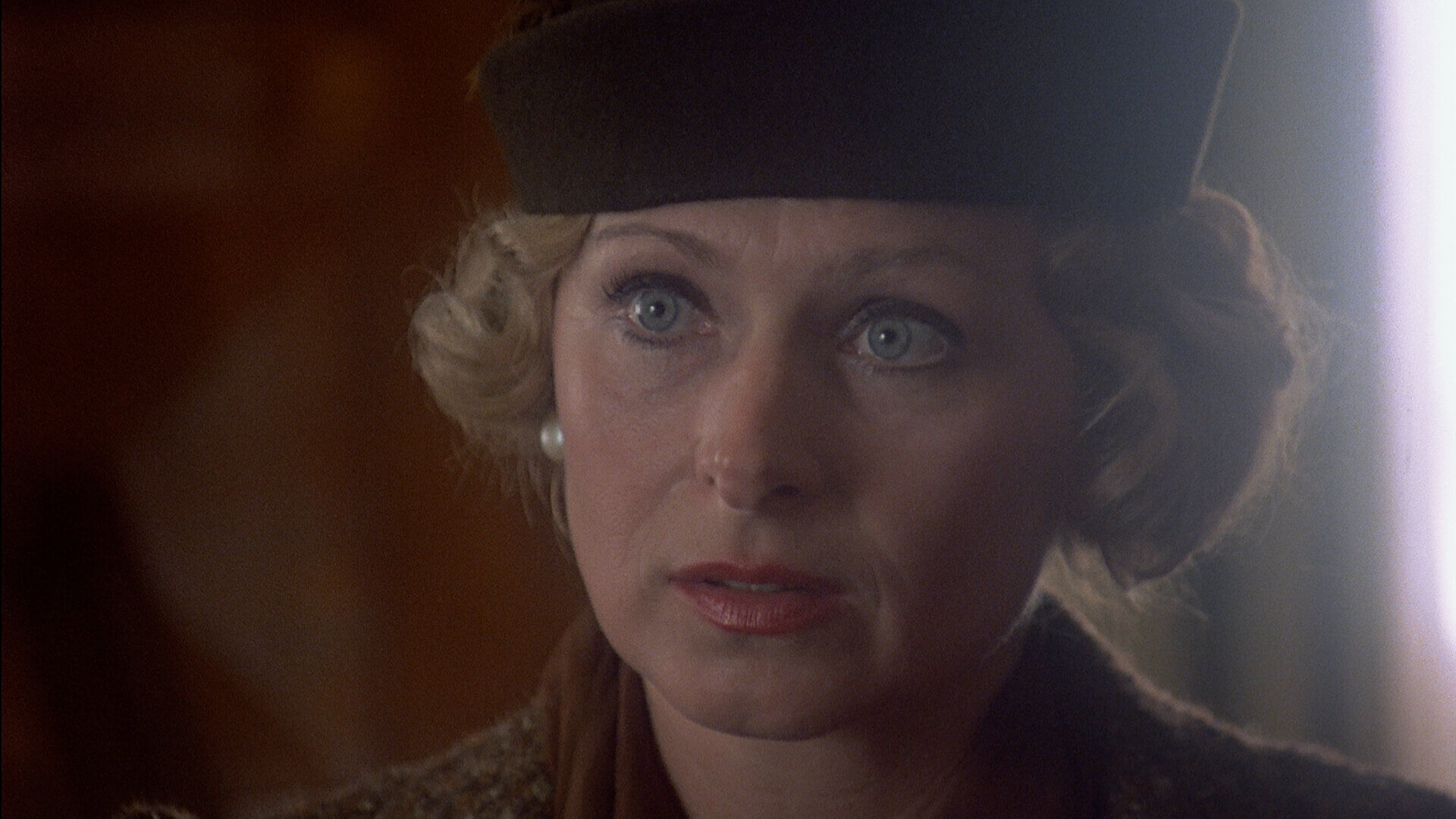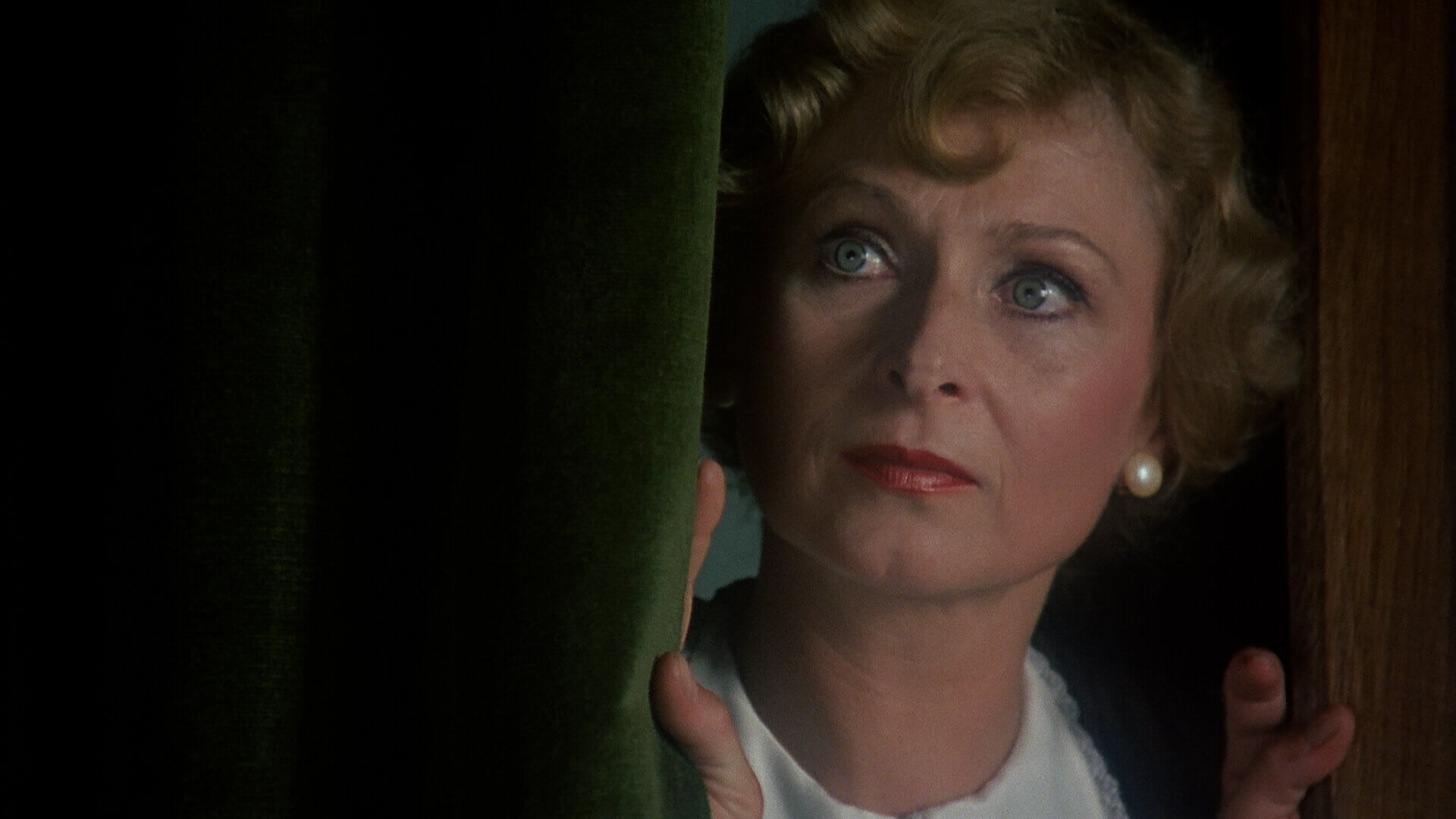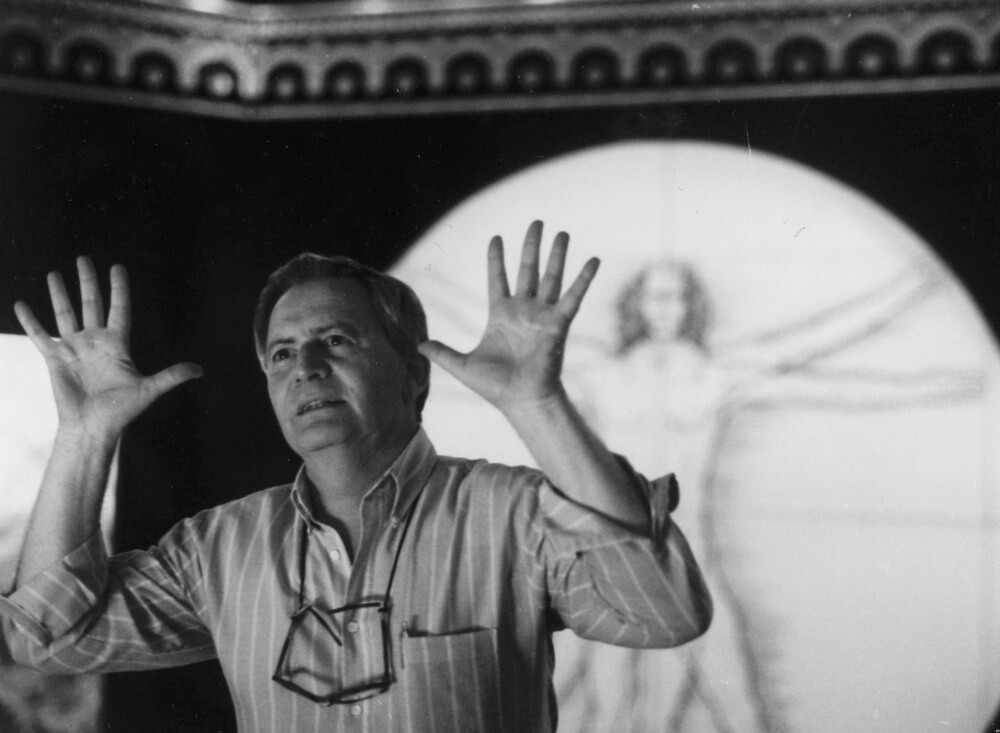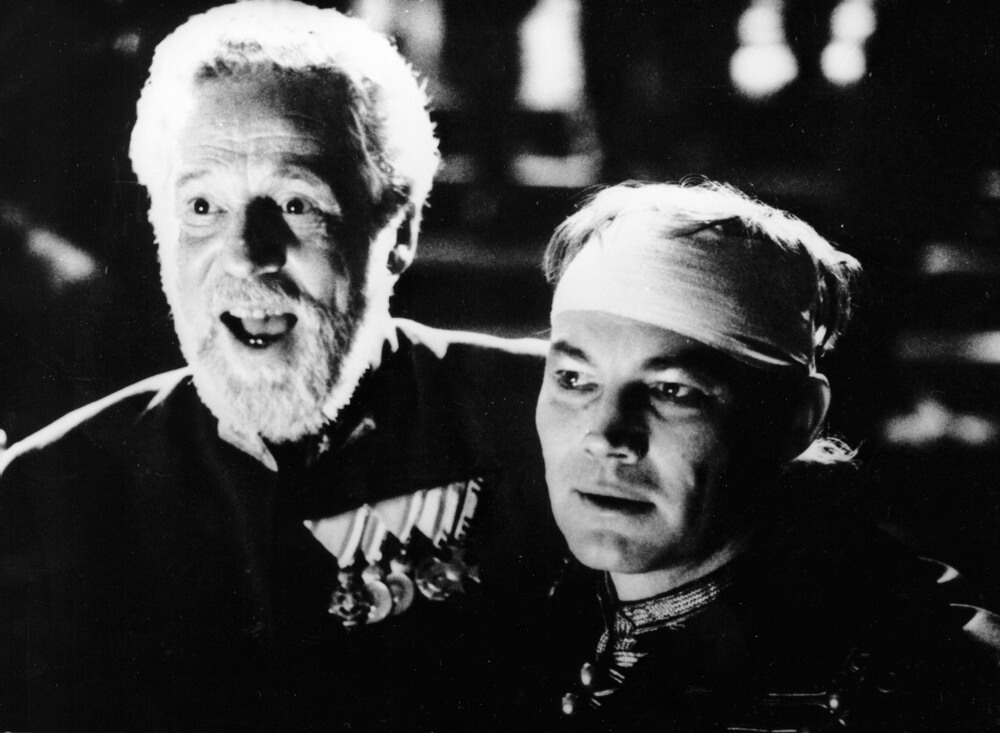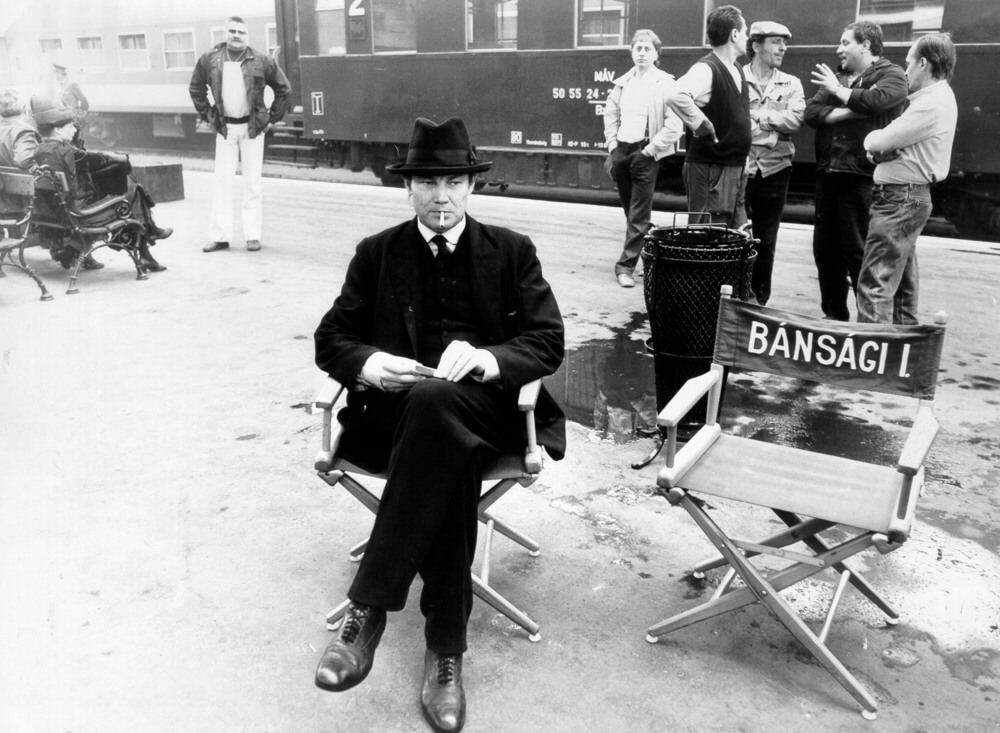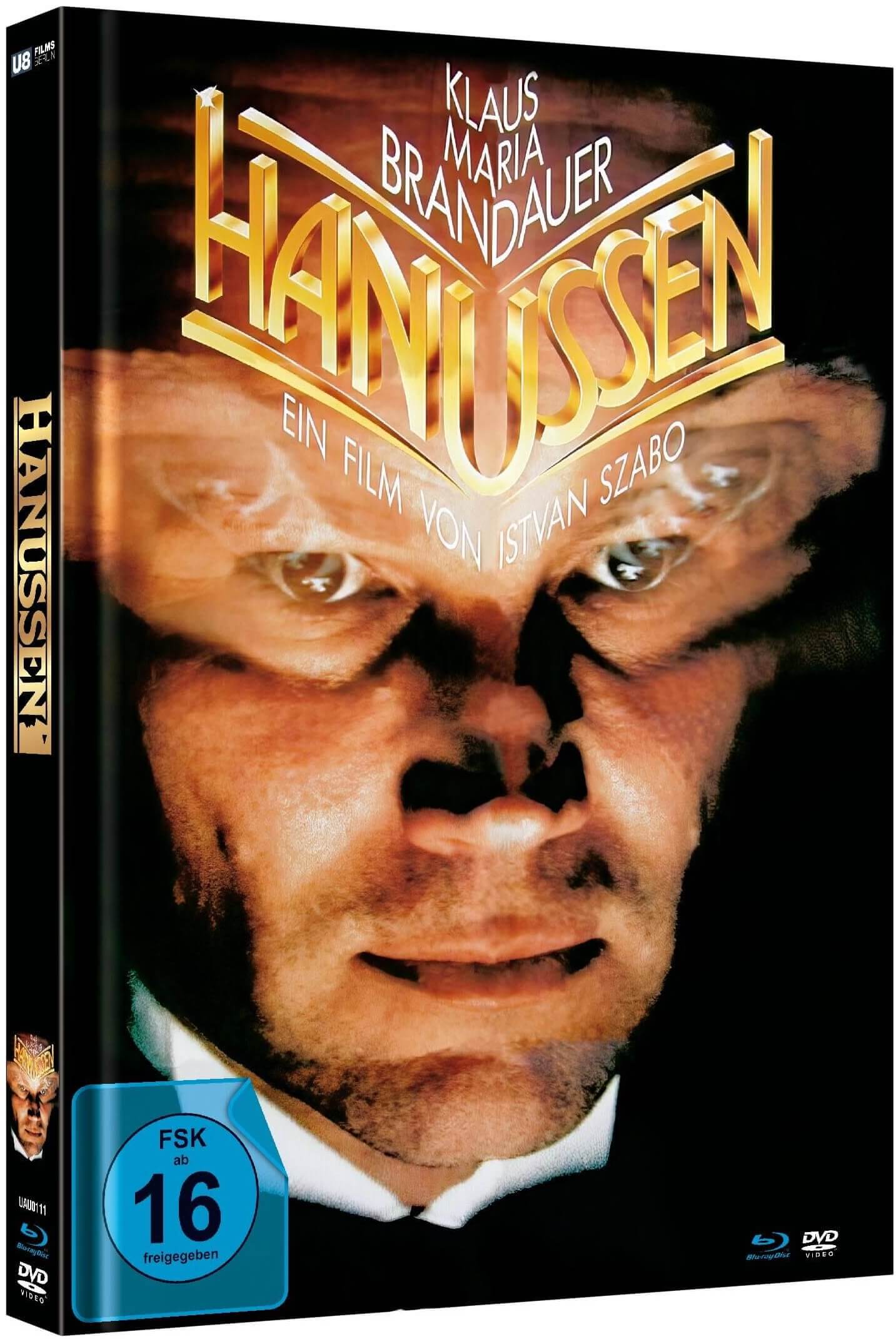Title: Hanussen
Original title: Profeta
Director: István Szábo
Assistant directors: Ivan Artner, Krisztina Goda
Script: Péter Dobai, Paul Hengge, Gabriella Prekop
Actors: Klaus Maria Brandauer, Erland Josephson, Ildikó Bánsági, Walter Schmidinger, Gabriela Kownacka, Károly Eperjes, Grażyna Szapołowska, Collette Pilz-Warren, György Cserhalm, Ewa Blaszczyk, Adrianna Biedrzynska, Michal Bajor, Péter Andorai
Autobiographical source: Erik Jan Hanussen
Production: Artur Brauner, Judit Sugár
Production management: Lajos Óvári, Judit Lökös
Music: Zdenko Tamássy, György Vukán
Editing: Zsuzsa Csákány, Brigitta Kajdácsi, Bettina Rekuc, Éva Szentandrasi
Camera: Lajos Koltai
Sound: János Csáki, György Fék, Antal Szabó
Set: József Romvári, Gyula Tóth
Costumes: Nelly Vágó
Production companies: Central Cinema Company Film (CCC), Hungarofilm, Mafilm
Production Year: 1988
Genres: Drama, History film
Countries: Hungary, Germany
Languages: Hungarian, German
Locations: Karlovy Vary, Czech Republic
Length: 140 min
FSK: 16
Aspect ratio: 16:9 – 1.66:1
Sound Mix: Mono
Resolution: Full HD (new 4K scan)



